The Independent's journalism is supported by our readers. When you purchase through links on our site, we may earn commission.
Into the soul of Catalonia: Bloody battles, bohemian hilltop villages and living the simple life on the Ebro Delta
Escape the crowds of Barcelona and discover the real spirit of the Catalans along their storied – and truly beautiful – river
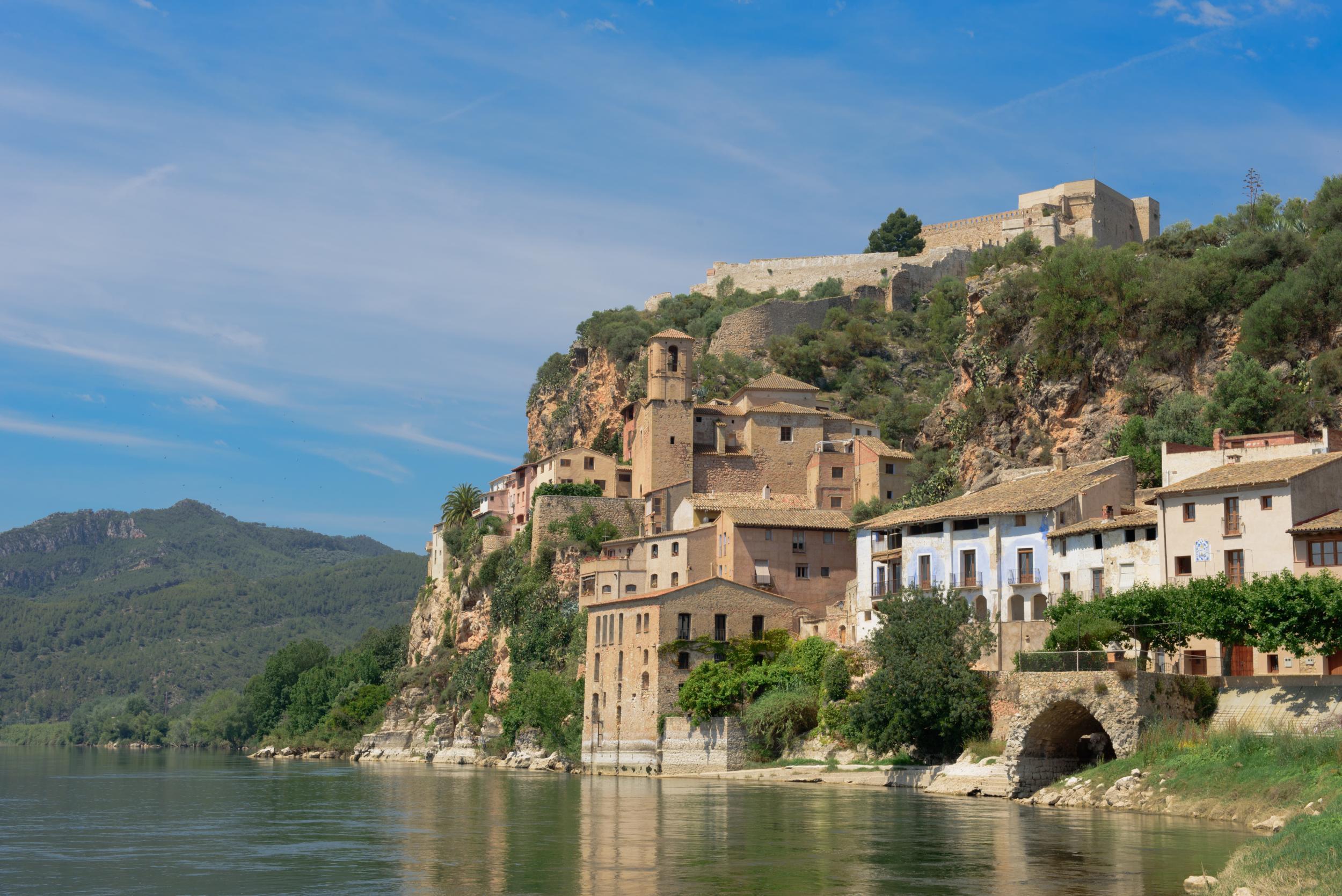
Your support helps us to tell the story
From reproductive rights to climate change to Big Tech, The Independent is on the ground when the story is developing. Whether it's investigating the financials of Elon Musk's pro-Trump PAC or producing our latest documentary, 'The A Word', which shines a light on the American women fighting for reproductive rights, we know how important it is to parse out the facts from the messaging.
At such a critical moment in US history, we need reporters on the ground. Your donation allows us to keep sending journalists to speak to both sides of the story.
The Independent is trusted by Americans across the entire political spectrum. And unlike many other quality news outlets, we choose not to lock Americans out of our reporting and analysis with paywalls. We believe quality journalism should be available to everyone, paid for by those who can afford it.
Your support makes all the difference.“Mosquitoes were the first environmentalists,” says director of the MonNatura Delta de L’Ebro centre, Josep Culvi, as we survey the gorgeous expanse of dunes, lagoons, salt marshes and rice fields before us. “They kept people away.”
Around 150km south along the coast from Barcelona, just 50km from Reus, the 7,800 hectares of Parc Natural del Delta de l'Ebro form one of the Mediterranean’s most important wetland areas. Here, you’ll find species that exist nowhere else on Earth. The park’s bird list extends to 300 species, 60 per cent of the European total, including rare Audouin’s gull, Bonelli’s eagle and the greater flamingo.
However, the current landscape doesn’t claim an entirely natural heritage. Salt production dates from ancient times, and a few glistening pans remain today. Fishing, too, has left its mark. The lookout we’ve climbed occupies the roof of a former fisherman’s house. Below, the delta’s shallows produce 2,000 tonnes of oysters and 5,000 tonnes of mussels every year.
The Catalonia of the Ebro Valley and river delta exists more simply and at a slower pace beyond the crowds of Barcelona.
At L’Ampolla’s L’Arenal beach I meet up with Marina Gonzales Salvado, a local marine ecologist, who guides our group on a gentle 20km cycle around the La Bassa de les Olles, one of the Delta’s smaller lagoons.
It’s truly perfect cycling: along car-free tracks where tousled wildflowers give way to towering rushes; crossing bridges over fast-flowing irrigation channels, where the smell of the sea grows stronger. Elevated viewing hides look out over lagoons, though humans are not the only ones keeping a keen eye on the water. In places, upwards of 50 herons stand patiently still, waiting for lunch. The pace is steady — not much freewheeling, but neither are there cardiac-inducing ascents. It’s just one of many accessible cycling routes in the area.
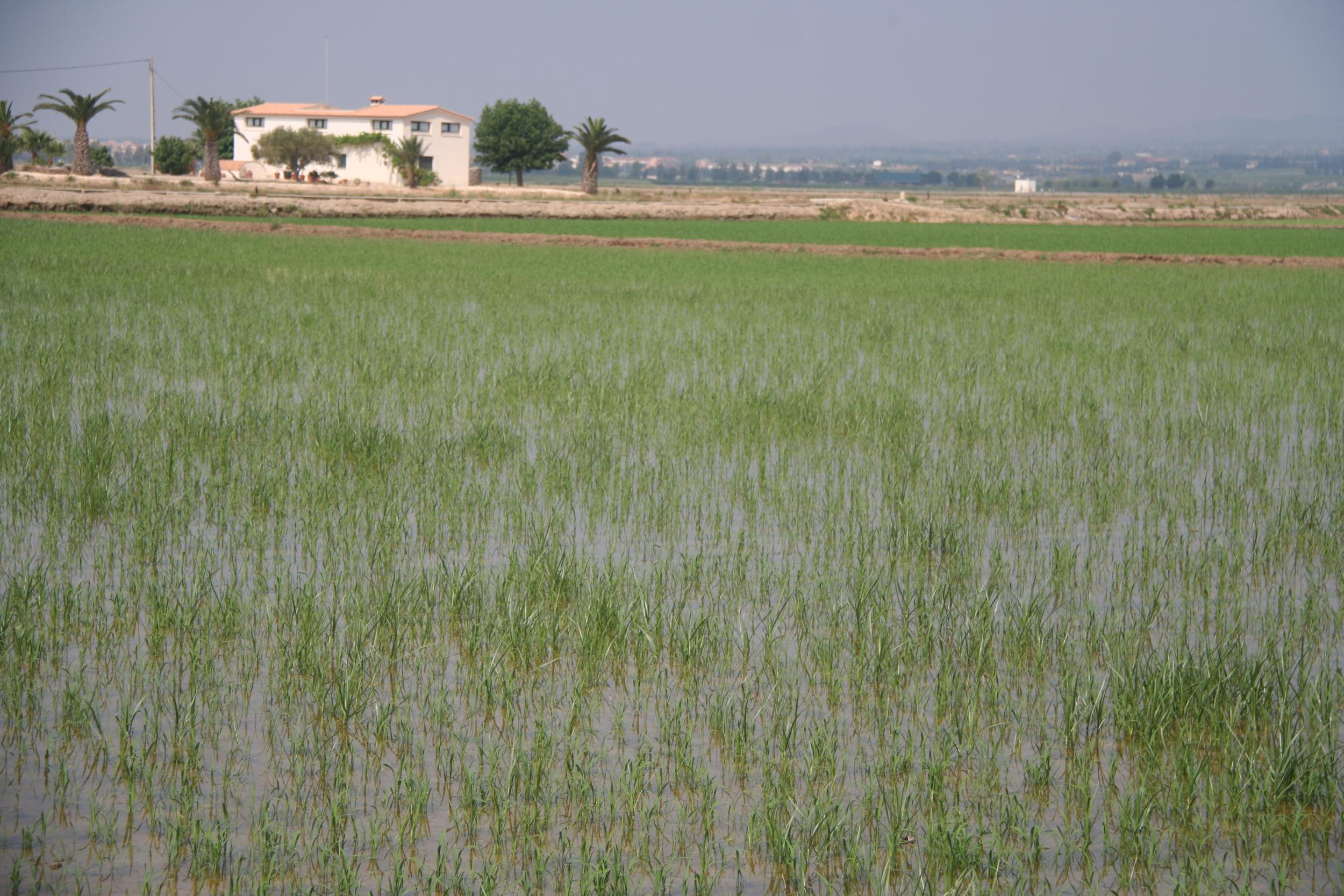
Approaching Port d’Illa harbour, the huts of weekend fisherman owe nothing to gentrification, informed instead by style cues of washed-up flotsam. Sleepy jetties host tinkering skippers, piles of tangled nets, and peeling paintwork. It’s a bit smelly but it’s honest.
It’s not always been this peaceful. The Ebro has witnessed epic conflicts over the centuries. In 218 BC, it saw a decisive sea battle that ended the first Punic War, fought between Rome and the Phoenician city-state of Carthage (now Tunis). Some years later the river was the red line crossed by Carthaginian commander Hannibal and his army to trigger the rematch.
Much more recently, in 1938 Republicans and Nationalists bitterly contested the Ebro shores in the Spanish Civil War’s bloodiest battle. In July that year, General Franco's Fascist, Nationalist forces faced a loyalist Republican army across the river's banks; by mid-November an estimated 20,000 had lost their lives in a fight that sealed the fate of the Spanish Republic.
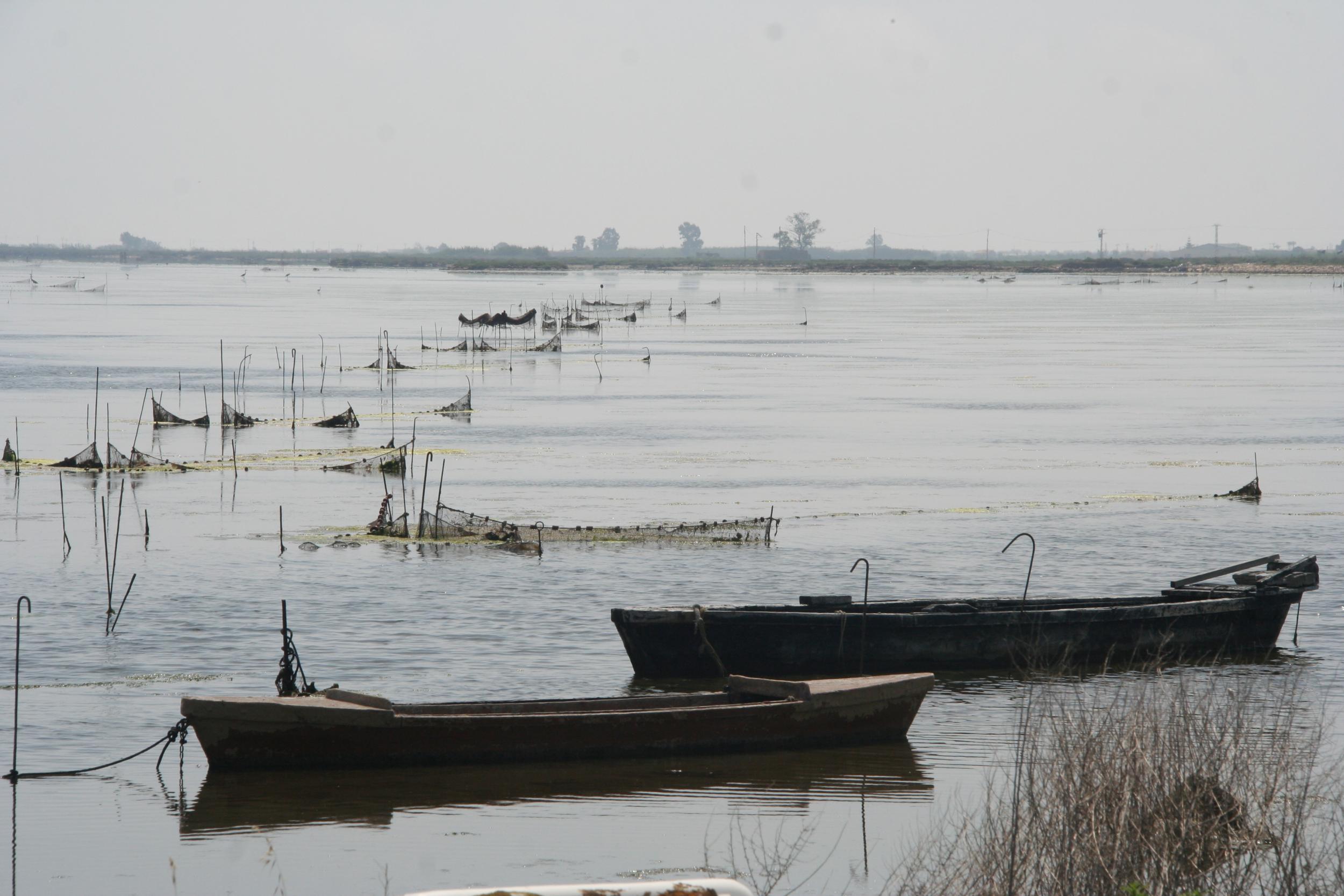
The Ebro’s latest conflict is quieter but no less fierce. Nearby Catalan graffiti writ large along the river’s banks angrily opposes plans to abstract water for use elsewhere in Spain — from a Catalan perspective, another country.
At the harbour, we board Ruben Cabrera’s skiff. He guides our boat over the clear shallows towards the wooden gantries of shellfish beds. “My family has been here forever,” he says. “Well, actually 34 years.” He says the fishermen are suffering now: “We make one production a year. There used to be two.” I ask why. “There’s not so many nutrients for oysters. The hydroelectric plants are part of the cause. There’s not so much sweet water now, and less silt. But the water is warming too.”
At Fangar Bay, Ruben cuts the motor. We chug to a halt and moor beneath a platform supporting a wooden bungalow, the Mirador de la Badia. We climb up. Lunch is already waiting. Two metal platters, one of oysters and one of mussels, joined by a bowl of lemon quarters and a glistening bottle of cava on ice. Freshness, simplicity, sunshine and alcohol are all in perfect proportion.
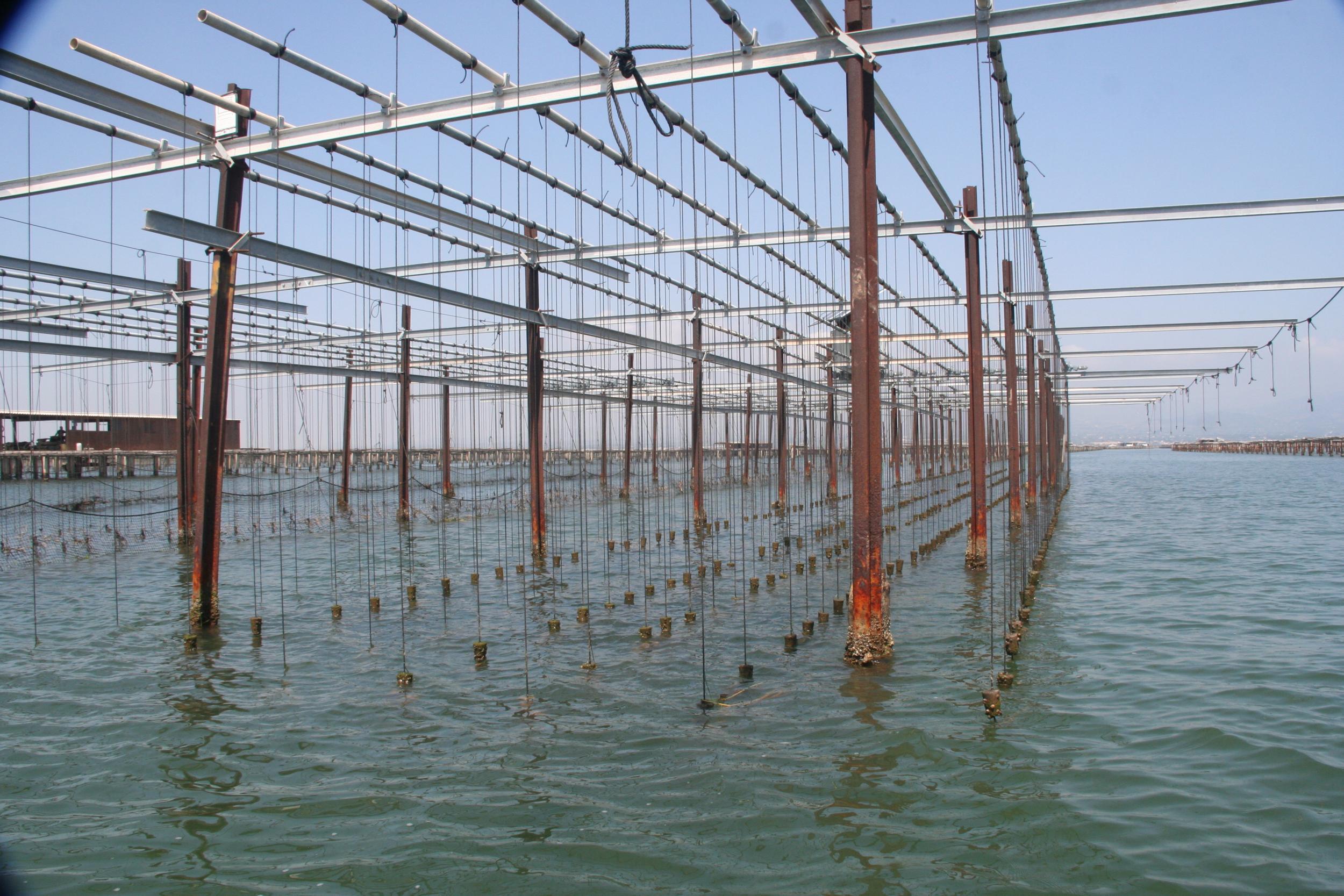
Later, farther inland, on a wide, lazy sweep of the Ebro, the gentle yellow stone of Miravet, a village topped by the ruins of a Templar castle, clings to rocks overlooking the water. Guide, artist and resident Aurelio Monge shows us around. “This has been a creative community since the 1960s. Most here are producing for the sake of art. It’s quite bohemian,” he says.
That bohemian bent is evident: along the alleys, occasional hole-in-the-wall galleries, subtly overseen by alternative-looking proprietors, casually display pottery and paintings.
We wander ever higher through narrow streets, alleys and stairways, fought over more than once in the Civil War. “Dali came here. He wanted to buy the castle. But it was owned by an Anarchist,” says Aurelio gleefully. “He knew Dali was close to Franco. He said ‘No!’”
Aurelio shows us around Palau de Miravet, the restored former home of Catalan modernist artist Joaquim Mir, that he now curates as a gallery, exhibition space and apartment accommodation. The views over the waterway and along the Ebro valley are transfixing. “How much does it cost to stay here?” I ask, expecting a hefty premium for such a prime location.
“To stay, artists leave a piece of work. That’s it,” says Aurelio. “I speak to them. I can tell if they are interested to stay here.”
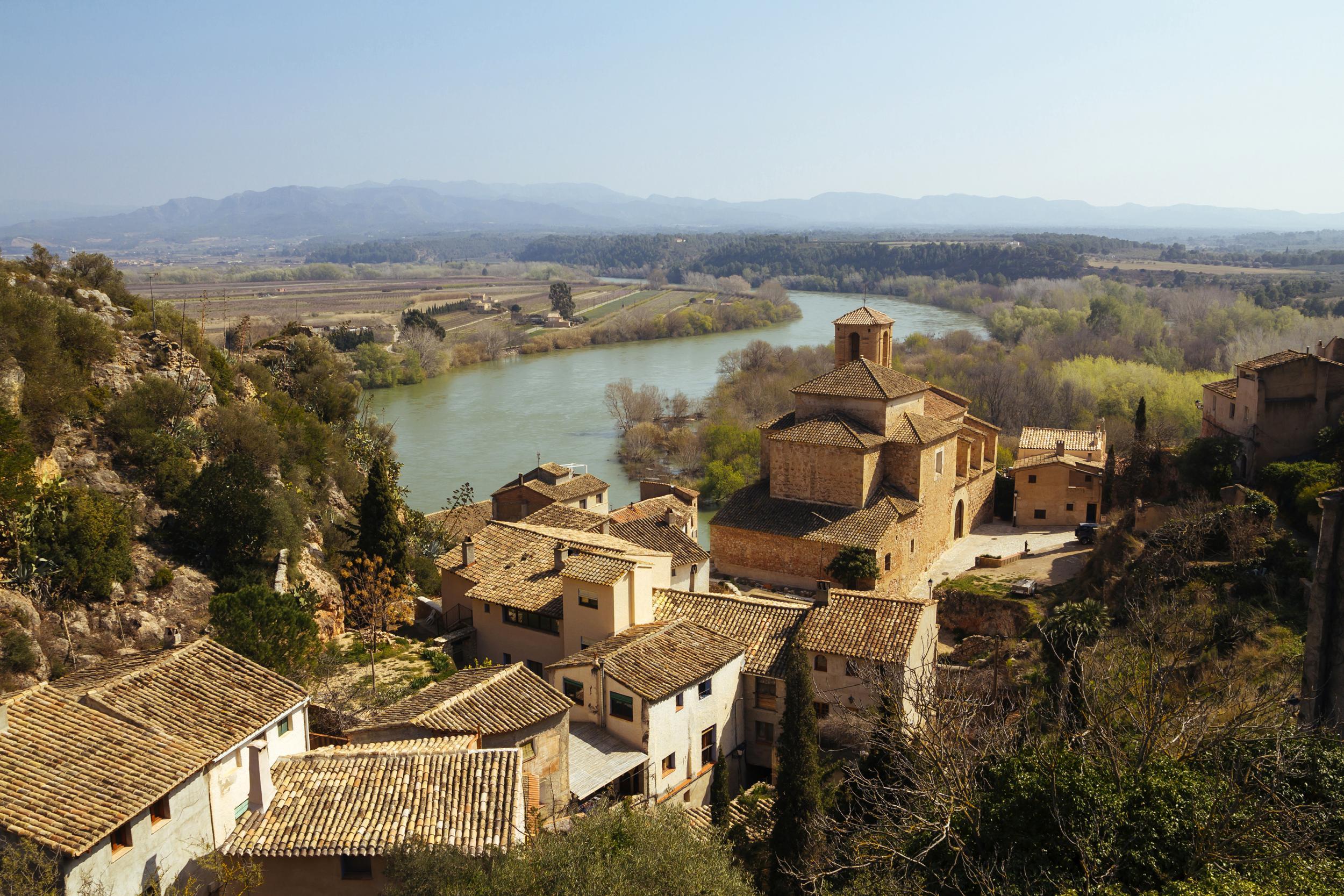
Looking down at the Ebro, I ask Aurelio about the water extraction – the one eliciting that furious graffiti. “Yes, the old people came out onto the street to protest. They say it’s the same people who are responsible that they fought in the Civil War, the sons of the sons. It’s an ideological struggle.”
Following the river to the regional capital of Tortosa, the city's unfinished 14th-century cathedral – a Catalan speciality – and pleasantly convoluted, shady streets are overseen by an emphatic 10th-century Moorish castle.
It’s 78 years since Ernest Hemingway, working as a war reporter, filed a despatch entitled “The Bombing of Tortosa”. In a precursor to Second World War campaigns, 15 April 1938 saw squadrons of Italian and German aircraft drop 54 tonnes of bombs on Tortosa. Some of the effects are still visible.
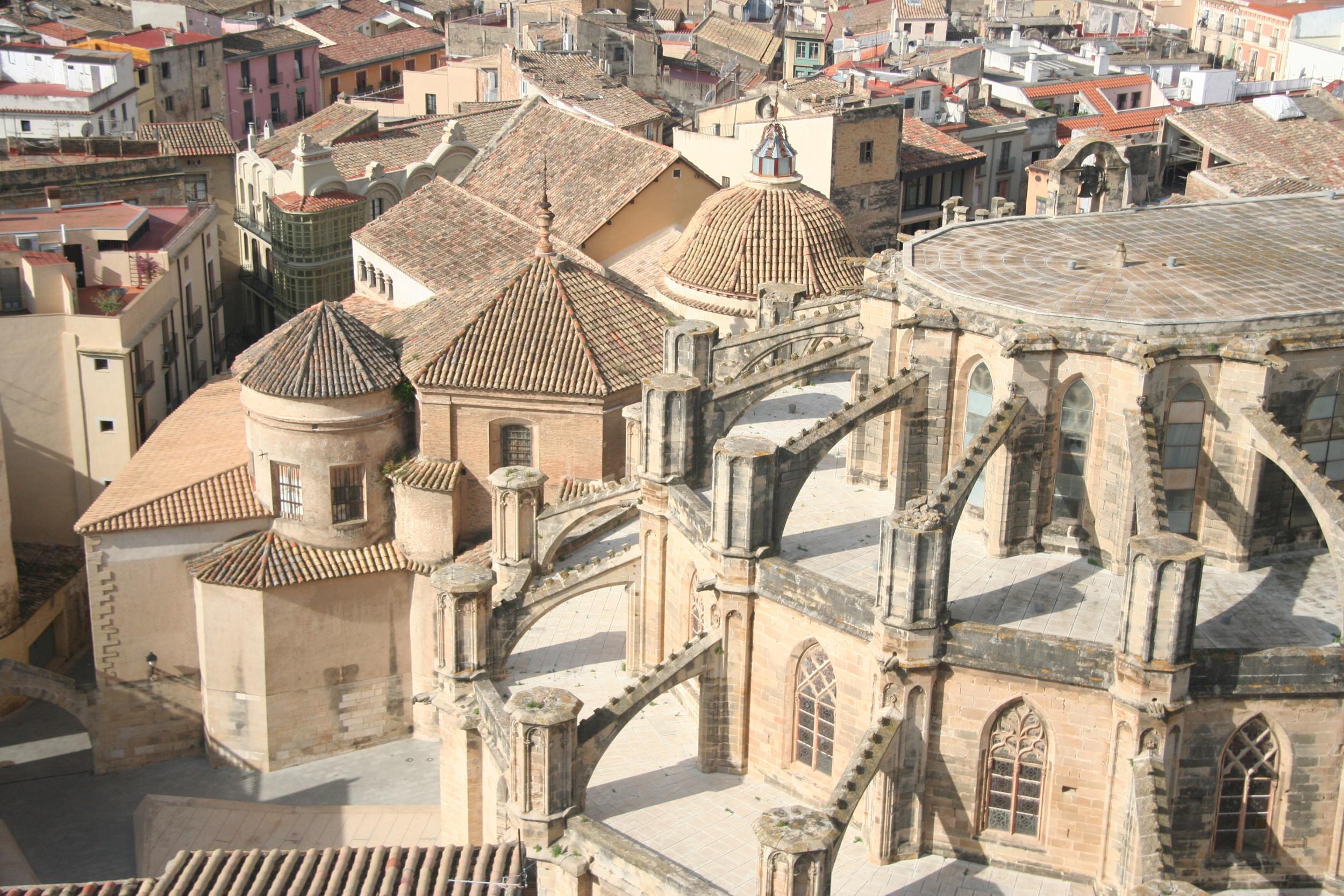
Today the whiff or cordite has dissipated but battles for the future of the Ebro Delta are no less in earnest. This part of Catalonia is determined not to sell its soul.
Travel essentials
Getting there
easyJet (easyjet.com) flies to Barcelona from Belfast, Bristol, Liverpool, Gatwick, Luton, Southend and Newcastle airports, from around £40 return including taxes.
Staying there
Headwater (01606 369406; headwater.com) offers three new self-guided cycling explorations of the Ebro Delta from six to eight nights. Tours cost from £849 per person, including hotel accommodation, bike hire, luggage transfers, route notes and most meals.
More information
Join our commenting forum
Join thought-provoking conversations, follow other Independent readers and see their replies
Comments